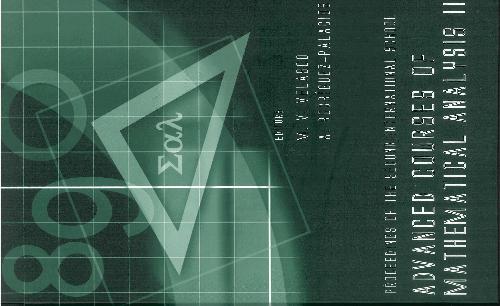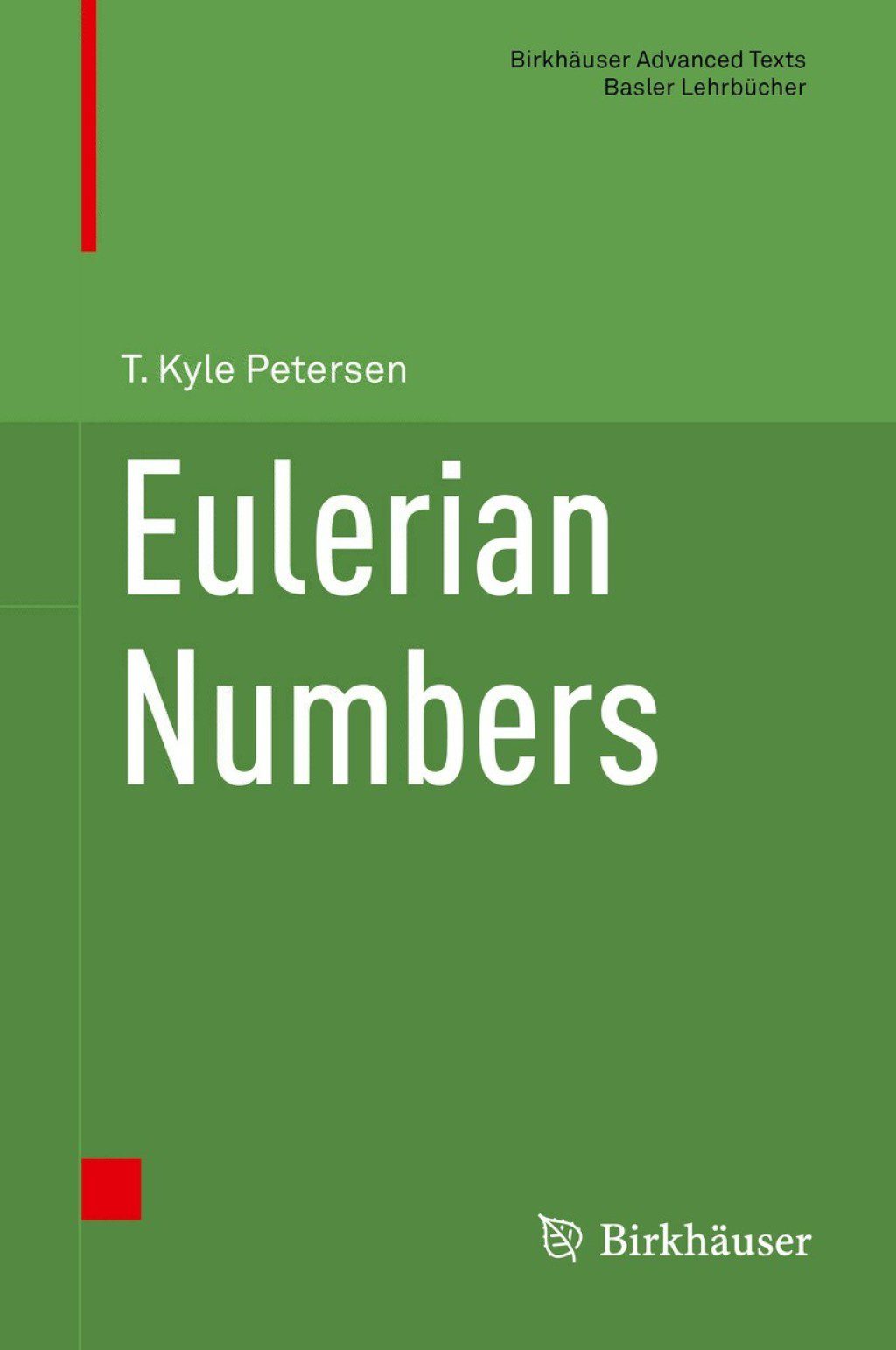Velasco M. V. (Ed), Rodriguez-Palacios A. (Ed)0072345179
Table of contents :
Preface……Page 12
1. Two introductions……Page 14
2. Lineability of the zeros of polynomials……Page 17
3. Non-spaceability of differentiable functions……Page 21
4. Lineability of hypercyclic operators……Page 22
5. Baire category and lineability……Page 26
References……Page 27
1. Introduction……Page 29
2.1. The Thesis: “Produits tensoriels topologiques et espaces nucle‘aires. ”……Page 33
2.1.1. I.- The approximation property…….Page 35
2.1.2. II.- Nuclear, integral and related operators…….Page 36
2.1.3. III. The kernel theorem and nuclear spaces…….Page 37
2.2. The Dunford-Pettis and relatives properties…….Page 39
2.2.1. The Dunford-Pettis property…….Page 41
2.2.3. The “Grothendieclc spaces” and the hereditary properties…….Page 42
2.3. The Sao Paulo’s LLRe‘sume‘’’……Page 43
Appendix A. Grothendieck’s Publications on Functional Analysis…….Page 47
References……Page 49
1. Introduction……Page 50
2. The one-dimensional maximal function……Page 51
2.1. Strong and weak estimates……Page 52
2.2. The differentiation theorem……Page 54
3. The maximal function in higher dimensions……Page 55
3.1. Directional maximal functions……Page 56
4. The strong maximal function……Page 57
5. The universal maximal function……Page 59
6. Differentiation bases……Page 60
7. Some further developments……Page 61
8.2. Bochner-Riesz multipliers……Page 62
9. Maximal operators on sets of directions……Page 64
9.2. Infinite sets of directions……Page 65
References……Page 67
1. HYPERCYCLIC OPERATORS……Page 70
2. BAIRE CATEGORY TECHNIQUES……Page 72
3. THE ROLE OF THE UNIMODULAR POINT SPECTRUM……Page 75
4. OPERATORS WITH PRESCRIBED ORBIT……Page 81
5. THE MAIN PROBLEM……Page 83
References……Page 87
1. Introduction……Page 89
2. Greedy and quasi-greedy bases……Page 90
3. Almost greedy bases and duality……Page 92
4. Existence of quasi-greedy and almost greedy bases……Page 93
5. Basic sequences: an open question……Page 95
6. More general greedy algorithms……Page 96
References……Page 98
On the Hahn-Banach Theorem L. Narici……Page 100
1. What is it?……Page 101
2. The Obvious Solution……Page 102
3.1. The Evolution of the FzLnction Concept; Analysis on Spaces of Functions……Page 103
3.2. Structure and Isomorphism……Page 104
4. Origins……Page 106
4.1. Systems of Linear Equations……Page 107
4.2. Riesz……Page 108
4.3. The First Normed Space……Page 109
4.4. Enter Helly……Page 110
4.5. Hahn and Banach……Page 112
6. A Theorem for Linear Maps? (not Functionals)……Page 113
6.1. Intersection Properties……Page 114
6.2. Examples on Extendible Spaces……Page 117
6.4. Superspaces and Functionals……Page 118
7.1. Non- Uniqueness……Page 119
7.2. Unique Extensions of the Same Norm: Special Cases……Page 120
7.4. Unique Extensions for Points and Subspaces-Best Approximations from M……Page 121
7.5. Unique Extensions for all Subspaces-Rotund Dual……Page 123
9.1. Is HB AC?……Page 124
9.2. Avoiding AC……Page 125
10. “Sandwich Theorems” and Another Approach……Page 126
11. Locally Convexity and Hahn-Banach Extensions……Page 127
References……Page 128
1. Introduction and outline……Page 136
2. Basic definitions and notation……Page 137
3. The classical Cesho operator……Page 138
4. Generalized Cesaro operators……Page 140
5. The spectral picture……Page 142
6. Subnormality and hyponormality……Page 145
7. Subdecomposability……Page 150
References……Page 151
Tribute to Miguel de Guzmh: Reflections on Matematical Education Centered on the Mathematical Analysis B. Rubio Segouia……Page 154
1. Introduction and notation……Page 164
2. Nearly-Baire spaces……Page 167
3. The space ‘ H ( )……Page 174
References……Page 186
1. Introduction……Page 187
2.1. Coulomb’s Law……Page 188
2.2. The equilibrium potential……Page 191
2.3. Energy……Page 192
2.4. Energy as a quadratic forrn i n a Hilbert space……Page 193
2.5. Capacity……Page 194
2.6. Critical size of sets of zero capacity……Page 196
3.1. Removable sets for bounded analytic functions……Page 197
3.2. Old problems on analytic capacity……Page 201
3.3. Some open problems……Page 203
References……Page 204
1. Introduction……Page 206
2. The norm set up……Page 208
3. The Taylor polynomial and the limit of best approximat ion polynomials……Page 212
4. The asymptotic behavior of the error……Page 218
5. The limit of best approximation polynomials……Page 223
References……Page 225







Reviews
There are no reviews yet.